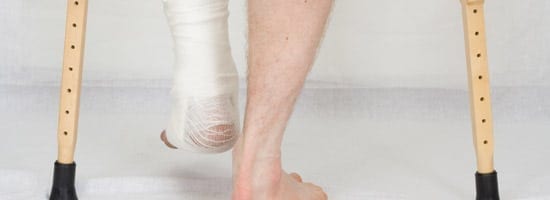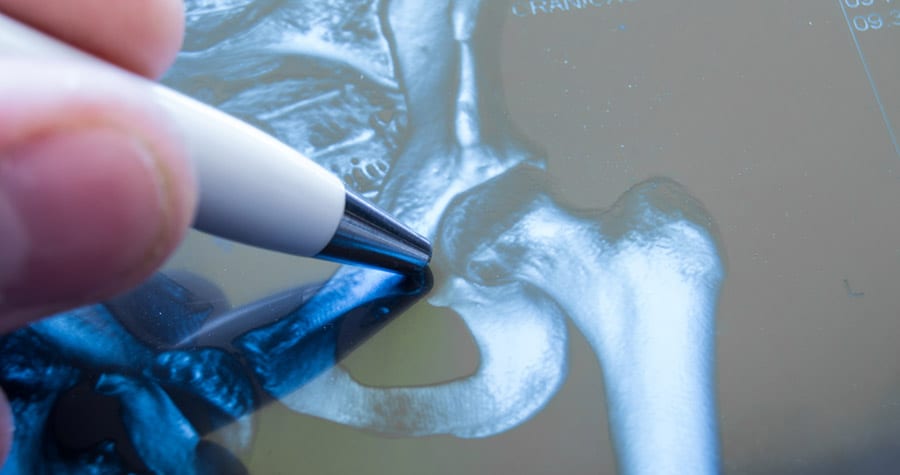
Types of Broken Bones
Breaks in bones, also called fractures, can occur anywhere within the body where there’s a bone or joint. Bones can break completely, become fractured in specific locations or patterns, or break into multiple pieces. Treatment for broken bones depends on where the break occurs, the severity of the break, and whether or not other tissues and joints were involved or affected.
Types of Broken Bones
Bones can break or fracture in many different ways. Breaks in bones can be in the form of a stable fracture, a clean break where the pieces of bones line up even though they are slightly out of place. A compound fracture is one where the skin is pierced, even if the bone isn’t visible. Horizontal breaks are transverse fractures, breaks that occur in an angled pattern are oblique fractures, and breaks that result in a shattered bone in three or more pieces are comminuted fractures.
Causes of Broken Bones
A common cause of a broken bone is some type of trauma or fall, such as traffic accident or a sports-related impact. Arthritis and related forms of arthritis like osteoporosis may weaken bones and increase the risk of experiencing a break. Bones may also break due to overuse and repetitive motions. In addition to sudden or severe pain, symptoms of a broken bone include:
• Visible deformities in the area of the break
• Swelling and tenderness in the affected area
• Bruising or swelling
Treating Broken Bones
After performing image tests to confirm the location of the break and the type of break involved, an orthopedic specialist will make an effort to restore the broken parts of the bone back into the correct position. If a break is severe or the bone is in pieces, surgery may be necessary to restore the bone structure and repair any damage to nearby muscles and other soft tissues. In some instances, a device called an external fixator and screws and pins may be inserted to allow broken bones to heal until surgery can be safely performed.
In many cases, broken bones will heal after the affected area has been temporarily immobilized with a brace or cast. You may be referred to an orthopedic specialist if you have any broken bones that require very precise attention, evaluation, and treatment. An orthopedist will also determine why bones aren’t healing as expected and look for possible reasons for any further discomfort in the area where a break occurred.






